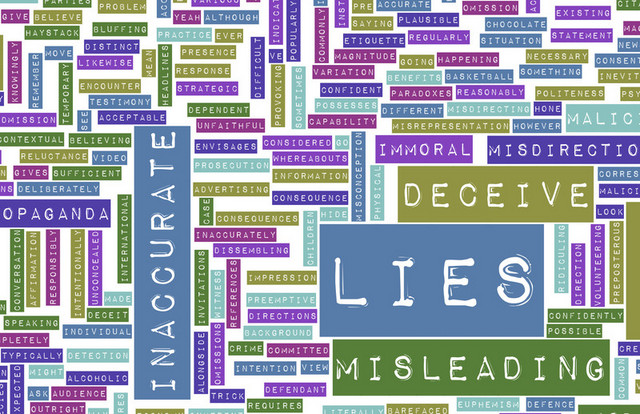
Truth and lies in fiction—how to write an unreliable narrator
I’m excited about this blog post. While most of my articles are on common topics that you can find information about all around the Internet, the subject of unreliable narrators doesn’t get a lot of ink. And that’s probably because relatively few fiction writers know about the literary device of unreliable narration, and if they do, they haven’t any notion of how to create it or use it to best effect. In this post, I’ll get you started with techniques for successfully writing an unreliable narrator.




